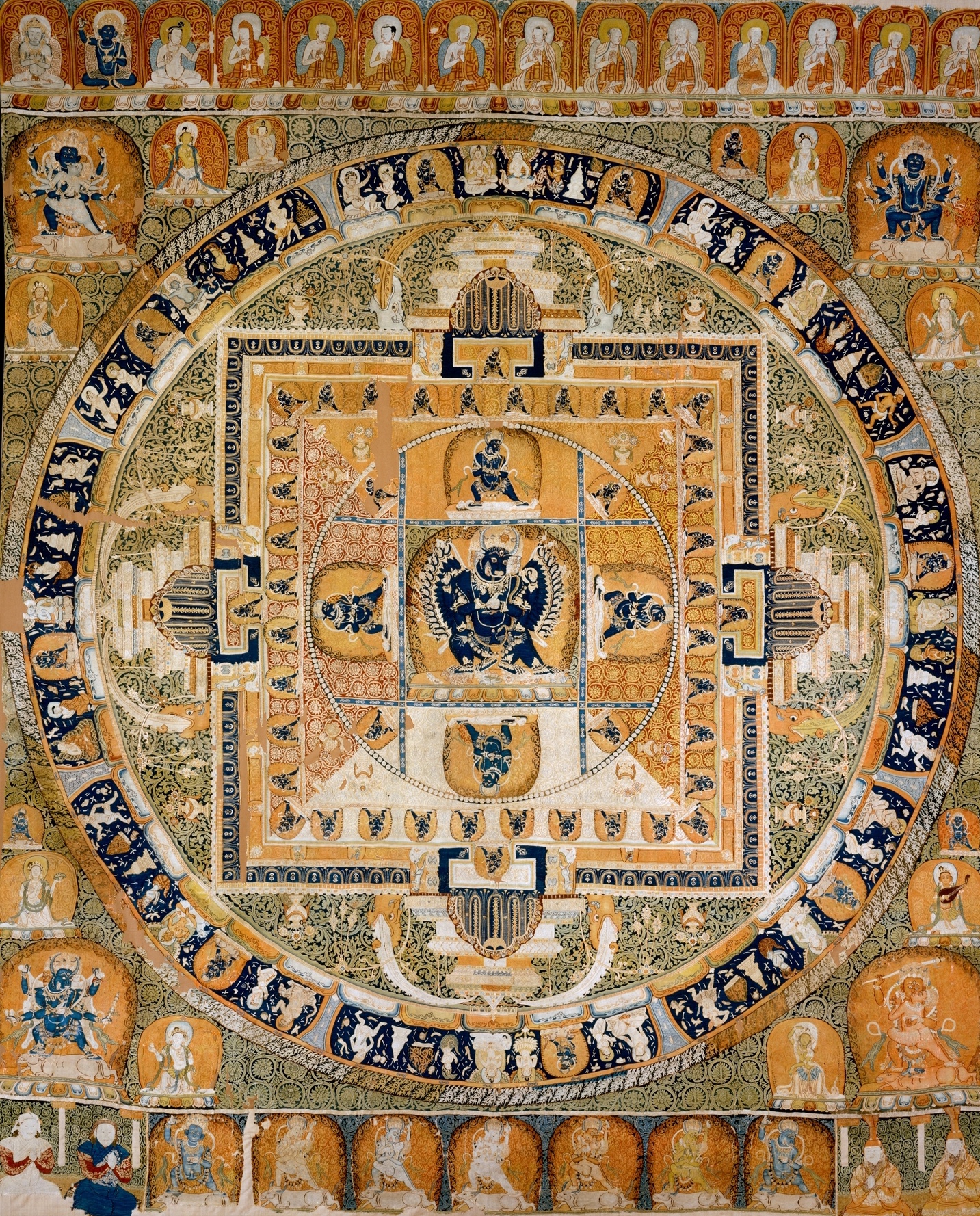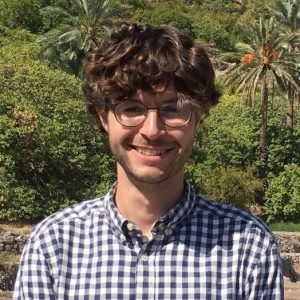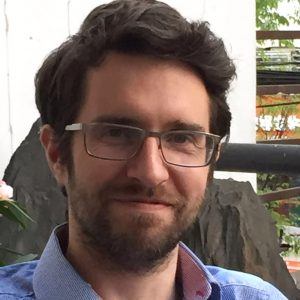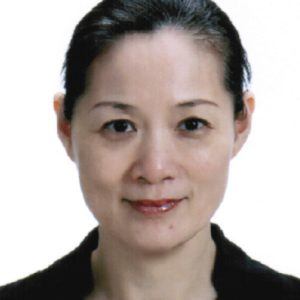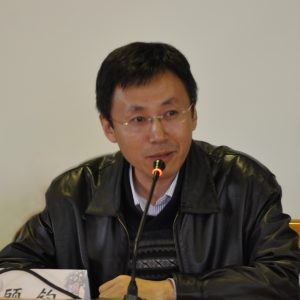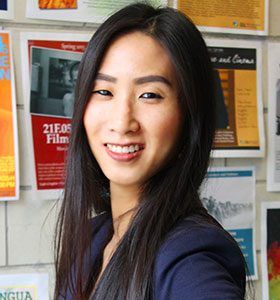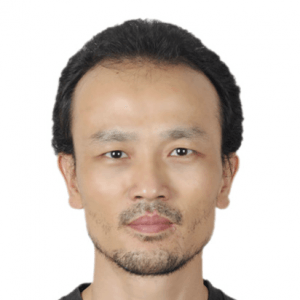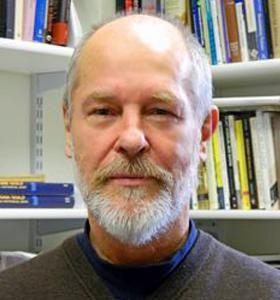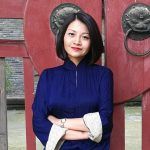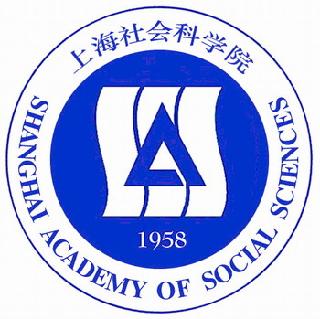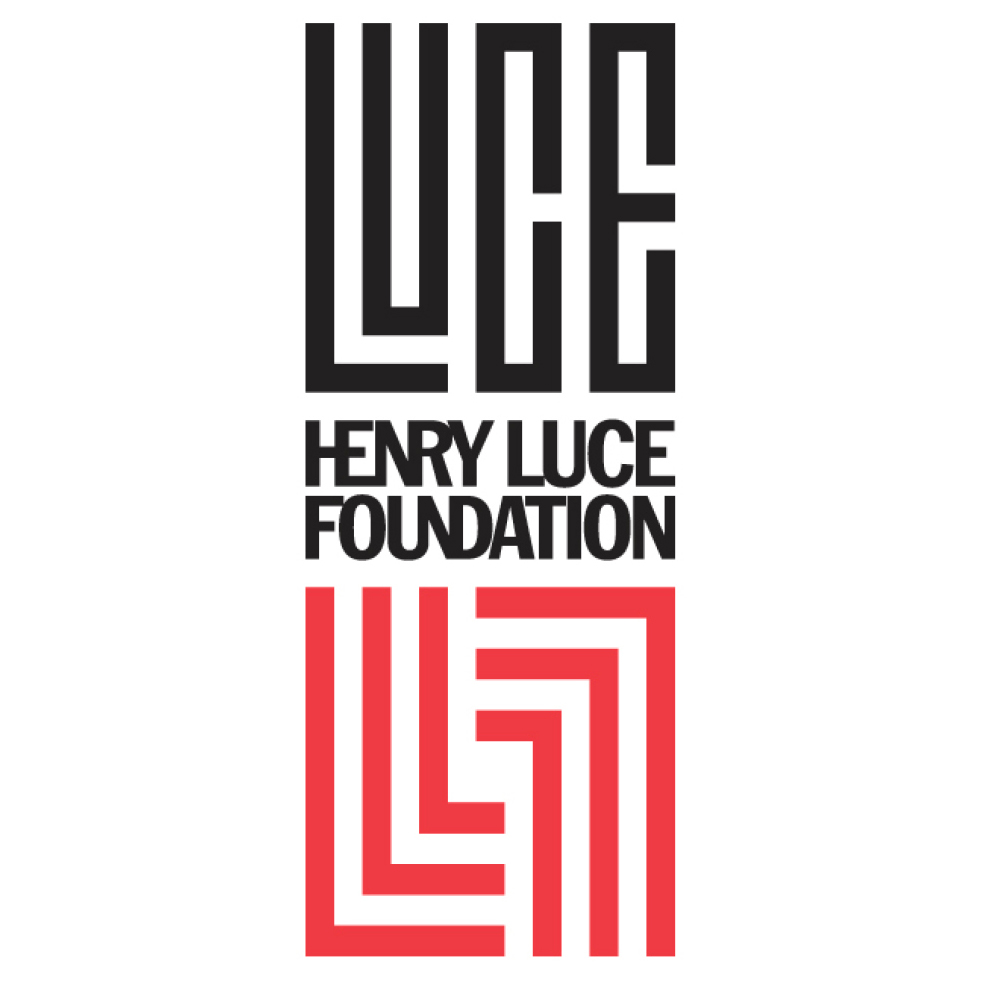Menu


Overview
The migration of Indo-Europeans in the fourth millennium BCE shaped the earliest connections between the landmasses that later became known as Europe and Asia. Over the subsequent millennia, sporadic pathways became well-travelled routes, with stable settlements and infrastructures that sustained and encouraged the repeated movements of people across Eurasia. Laborers, traders, missionaries, conquerors, tourists, translators, and scholars from a variety of linguistic, ethnic and religious backgrounds crisscrossed the two regions. As a result of human travel, the circulations of commodities, religious ideas, technical skills, medical knowledge, artistic styles, and literary traditions between the two regions influenced and re-shaped the local social and cultural worlds of communities separated by great distances. These circulations took place through overland as well as maritime routes, and, in recent years, by air as well.
The third annual conference of the Center for Global Asia focuses on many of these connectivities and circulations between and across Europe and Asia. With panels ranging from the translation of astronomical concepts to the consumption of tea across Eurasia, from the historical movements of religious ideas to the contemporary movements of migrants throughout the region, the conference provides a space for scholars from different humanistic and social scientific disciplines to discuss work covering multiple areas and time periods of Eurasian history. The goal of the conference is to move beyond the nation-state as the primary axis of scholarly analysis and to place local and global developments into dialogue with one another.
A special highlight of the program is the keynote address to be delivered by Professor Morris Rossabi, which examines the crucial role of the Mongols in connecting the two continents. The final day of the conference also includes two panels related to NYU’s project on “Port City Environments in Global Asia,” which has been generously funded by the Henry Luce Foundation. Hosted by New York University, Shanghai and the Center for Global Asia, the conference is co-sponsored by the Asia Research Center, Fudan University; New York University, New York; the Institute of China Studies, Shanghai Academy of Social Sciences; and the Henry Luce Foundation.
Together the analysis of Eurasian connections and port cities environments demonstrate the entangled world of global Asia and offers innovative ways of understanding the historical and contemporary relations among regions and societies.
Speakers
Program
August 20, 2018
Chair: Max Moerman
09:20-09:40 Bill Mak (Kyoto University, Japan)
Greek Astral Science in China
09:40-10:00 Yoichi Isahaya (Rikkyo University, Japan)
The “Second” Impact on Chinese Astral Tradition: Islamicate Astral Knowledge in the Yuan-Ming Period
10:00-10:20 Lisa Raphals (University of California Riverside, USA)
Matteo Ricci’s Greek Sources and Chinese Writings
10:20-10:40 Yunli Shi (University of Science and Technology of China, China)
From Scientific Understanding to Cultural Fantasy: Chinese Image of Islamic Astronomy in the Ming and Qing Period
10:40-11:20 DISCUSSION
Chair: Mark Swislocki
11:30-11:50 Yong Liu (Xiamen University, China)
The Dutch Tea Trade with China in the Early Modern Period
11:50-12:10 Alan Crawford (Shanghai Jiaotong University, China)
The Tea Trade with China in Russian Imperial Imaginaries (19th/early 20th centuries)
12:10-12:30 Chao Huang (Sun Yat-Sen University, China)
The Ultimate Seal of Approval: The Use of Lead and Tin in the Chinese Tea Trade during the 18th and 19th Centuries
12:30-12:50 Kunbing Xiao (NYU Shanghai, China)
The Transmission of Bohea: Chinese Black Tea in International Tea Trade (17th-19th Centuries)
12:50-13:30 DISCUSSION
Chair: David Ludden
15:00-15:20 Ka-Kin Cheuk (NYU Shanghai, China)
The Emerging China-Netherlands Flower Trade and Its Eurasian Mobility Nexus
15:20-15:40 Magnus Marsden (University of Sussex, UK)
Afghan Networks and Circulations in and beyond Eurasia
15:40-16:00 Paul Anderson (University of Cambridge, UK)
Rethinking the “War Economy”: Locating Syria in Eurasian Trade Routes
16:00-16:20 Kyoko Shinozaki (University of Salzburg, Austria)
Higher Education Institutions as Transnational Knowledge Brokers
16:20-17:00 DISCUSSION
17:30-19:00 Morris Rossabi (City University of New York, USA; Columbia University, USA)
Mongol Impact on Eurasia: Lasting Influences
August 21, 2018
Chair: Heather Lee
09:00-09:20 Duane Corpis (NYU Shanghai, China)
Eighteenth-Century German and English Missionary Projects in the Indian Ocean: Local Translations across Global Networks
09:20-09:40 Chenxin Jiang (University of Chicago, USA)
Richard Wilhelm and Conversion in Translation
09:40-10:00 Ke Zhang (Fudan University, China)
The Changing Image of Martin Luther in Late Qing China
10:00-10:40 DISCUSSION
Chair: Duane Corpis
11:00-11:20 Jia Si (Fudan University, China)
Reflections on Chinese Civilization: Arnold J. Toynbee’s 1929 Journey to China
11:20-11:40 Jun Gu (Beijing Foreign Studies University, China)
Modernity and Nationalism: Lu Xun’s Translation of European Fiction, 1902-1909
11:40-12:00 Xi Gao (Fudan University, China)
Western Study of the History of Chinese Medicine in the Nineteenth Century
12:00-12:40 DISCUSSION
Chair: Bill Mak
14:10-14:30 Cynthea J. Bogel (Kyushu University, Japan)
Cosmoscapes and Hybrid Traces on an Eighth-century Japanese Buddhist Icon
14:30-14:50 Max Moerman (Columbia University, USA)
Japan, Jambudvipa, and the European World: Cartographic and Cosmological Hybridity in Japanese Folding Screens
14:50-15:10 Anton Schweizer (Kyushu University, Japan)
Clad in Otherness: Imported Materials on Japanese Campaign Coats
15:10-15:50 DISCUSSION
Chair: Lisa Raphals
16:10-16:30 David Ludden (New York University, USA)
Eurasian Trade and Imperial Nations in Southern Asia
16:30-16:50 Rochelle Almeida (New York University, USA)
Westward Ho! Eurasian (Anglo-Indian) Immigrants, Sea Ports, Steamers, and Passenger Culture in Mid-twentieth Century India
16:50-17:10 Wifag Adnan (NYU Abu Dhabi, UAE)
The Role of Culture and Institutions in the Social Mobility of EU Immigrants and their Descendants
17:10-17:50 DISCUSSION
August 22, 2018
Chair: Kunbing Xiao
09:00-09:20 Weilin Pan (Shanghai Academy of Social Sciences, China)
The 19th Century European Travelers and the Chinese “Hell Money” Collections in Europe
09:20-09:40 Helen Wang (The British Museum, UK)
Western Interest in Chinese Money – The Beginnings of East Asian Numismatics
09:40-10:00 Qing Sun (Fudan University, China)
To View the Magic Images from Lens (jingying): The Early Experiences about Magic Lantern as Urban Residents(1670-1921)
10:00-10:40 DISCUSSION
Chair: Magnus Marsden
11:00-11:20 Ayesha Omer (New York University, USA)
Future Imaginaries of Gwadar Port Terminal: Mediating Trans-regional Encounters along the China-Pakistan Economic Corridor
11:20-11:40 Mikiya Koyagi (New York University, USA)
Sikh Drivers in the Indo-Iranian Borderlands
11:40-12:00 Heather Lee (NYU Shanghai, China)
Restaurant Politics: How the Chinese Brokered Alliances with New York’s Political Machine, 1878-1887
12:00-12:40 DISCUSSION
Chair: Kyoko Shinozaki
14:10-14:30 Alex Boodrookas (New York University, USA)
The Making of a Citizen-Merchant Class: The Reorientation of Credit Networks in the Persian Gulf, 1940-1965
14:30-14:50 Jerome Whitington (New York University, USA)
Thailand’s Model Event: Insurance, Industrialization and Climate-Related Flooding
14:50-15:10 Robert Parthesius (NYU Abu Dhabi, UAE)
The “Unpredictable Past(s)” of UNESCO World Heritage Sites
15:10-15:50 DISCUSSION
Chair: Tansen Sen
16:10-16:30 Norman Underwood (New York University, USA)
Buying Silk and Frankincense in Late Roman Egypt
16:30-16:50 Christopher Paik (NYU Abu Dhabi, UAE)
The Global Economic Order before (and after) Western Hegemony: Chinese-Middle Eastern Trade from the Silk Road to “the Belt and Road” Initiative
16:50-17:10 Mark Swislocki (NYU Abu Dhabi, UAE)
Scaling Zomia from the Shore: Anglo-American Learning about Yunnan from Canton in the Mid-Nineteenth Century
17:10-17:50 DISCUSSION
17:50 – 18:20 Chairs: Duane Corpis, David Ludden和 Mark Swislocki
Keynote Address
Mongol Impact on Eurasia:
Lasting Influence
Professor Morris Rossabi
City University of New York, USA; Columbia University, USA
Date: August 20, 2018 | 17:30-19:00
Venue: Auditorium, NYU Shanghai
Starting in the 1980s, specialists challenged the conventional wisdom about the Mongol Empire’s almost entirely destructive influence on global history. They asserted that that Mongols promoted vital economic, social, and cultural exchanges among civilizations. Chinggis Khan, Khubilai Khan, and other rulers supported trade, adopted policies of toleration toward foreign religions, and served as patrons of the arts, architecture, and theater. Exhibitions at the Metropolitan Museum of Art and the Los Angeles County Museum of Art confirmed that the Mongol era witnessed extraordinary developments in painting, ceramics, manuscript illustration, and textiles. To be sure, specialists did not ignore the destruction and killings that the Mongols engendered.
This reevaluation has prompted both sophisticated and less well-informed analyses of the Mongols’ legacy in Eurasian history. The Ming dynasty, the Mongols’ successor in China, adopted some of the principles of Mongol military organization and tactics and were exposed to Tibetan Buddhism and Persian astronomy and medicine. The Mongols introduced agricultural techniques, porcelain, and artistic motifs to the Middle East, and supported historical writing, and Sufism. Europeans became aware, via the Mongols, of Asian products, as well as technological, scientific, and philosophical innovations in the Middle East and were motivated to find sea routes to South and East Asia. Less well-informed popularizers have gone to extremes, portraying Chinggis Khan as a democrat and a believer in religious toleration and women’s rights.
This illustrated lecture assesses the lasting impact of the Mongols in promoting contacts between East and West Eurasia.
本次活动主持为 Joanna Waley-Cohen, Provost and Affiliated Professor of History, NYU Shanghai; Julius Silver Professor of History, NYU.
